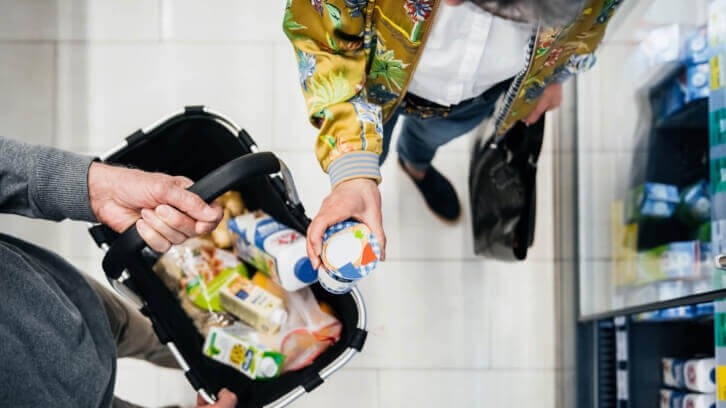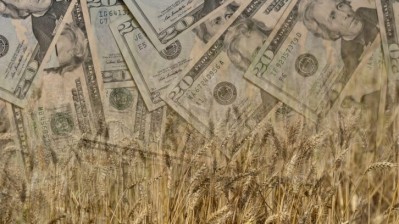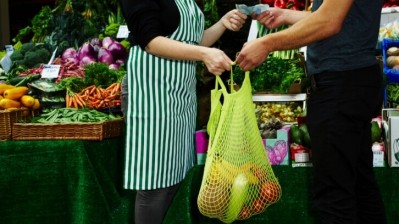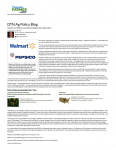USDA pushes for more timely SNAP payments that account for a third of retail grocery sales

SNAP consumers make up about 32% of total store sales, highlighting a higher rate of purchases towards convenient products, like heat-and-eat, and shelf stable products, and less towards fresh items and scratch cooking that often begets leftovers, Sally Lyons Wyatt, global EVP and chief advisor, consumer goods and foodservice insights, Circana, explained during its webinar, SNAP’s Wallet Squeeze and Opportunities for Growth.
“Less scratch cooking is happening, and it's actually leading to fewer opportunities for leftovers. There’s more that we can teach and more that we can share that's going to help with not only preparing meals that might be able to stretch, but how to store [and] how to cook them,” Wyatt said.
For retailers and brands, SNAP shopper behavior is an opportunity to encourage bundling, recipe creation and promotions through messaging and tailored offerings both in-store and online, Wyatt suggested. She highlighted the efforts of retailers who offer SNAP-friendly navigation online, driving household penetration across categories.
Pairing fresh ingredients with shelf-stable options like canned beans, rice, or pasta allows SNAP shoppers to easily create meals with leftovers that can be enjoyed throughout the week; a strategy that directly addresses the challenges of limited food storage and budgeting faced by SNAP participants.
Loyalty towards national brands continues, but private labels preferred for staple items
While private label offers value for certain staples, Circana data found that SNAP shoppers still prefer national brands when possible, with 5.2% more dollars spent and 2.9% more trips for national brands versus private brands.
“SNAP is still very loyal to national brands … 81% of the dollars spent by SNAP and 79.8% is unit sales,” Wyatt emphasized.
However, there are more opportunities for private label to meet SNAP consumers, Wyatt said, highlighting an uptick of private label sales across baking (baking nuts, sugar), dinner (refrigerated meat, frozen pizza), desserts (pies, cakes), breakfast (fresh eggs, dairy milk), deli prepared (soups, chili, pizza)—while aligning with SNAP shopper preferences for affordable, convenient and shelf-stable options around the store.
While SNAP shoppers have not “alienated private brands,” Wyatt explained that “it’s an affair going to private brands when they feel it’s got the right quality at the right price with the right taste.”
USDA urges states to administer SNAP funds on time and in full
While SNAP is federally regulated, states are responsible for administering payments. Depending on state, most SNAP payments are issued anywhere between the first day, the first week, the first half or all throughout the month. Wyatt recommended retailers know their states’ SNAP payment schedules to “stage retail promotions as best as you can.”
“There’s a huge opportunity here to get even smarter with how you stage your different promotions to the SNAP consumers,” she added.
Timely administration of SNAP benefits is essential for the 42 million participants, and 22 million US households, who make up 13% and 17% of the population, respectively. Recently, USDA secretary, Tom Vilsack, addressed concern over delayed and/or inaccurate SNAP benefits, which totaled nearly $6bn in FY23 (Circana), urging states to administer payments accurately and on time, while addressing errors that are impeding on these timelines.
“SNAP serves as our nation’s foundational safety net, a crucial resource for the well-being of low-income families, older adults and individuals with disabilities. Timely and accurate SNAP processing is critical to meeting the nutrition needs of low-income families and protecting the integrity of SNAP. Americans in need should have access to essential benefits without unnecessary delays. States must deliver benefits in the right amounts, to the right individuals, in the required periods of time,” Vilsack said in a statement.
SNAP recipients across several states, like Colorado and Tennessee, have gone months without receiving payment, due to backlogged applications and new processing systems, among other reasons. In an interview with Reuters, Stacy Dean, USDA deputy undersecretary for Food Nutrition and Consumer Services said that despite high SNAP enrollment over the last few years due to the pandemic and inflated grocery prices, states have struggled to support the influx of applications.
USDA’s Food Nutrition and Consumer Services will provide both virtual and onsite support, updated guidance and tools on effective practices and strategies; as well as awarding $5m in grants per year as incentive to states that improve the quality and efficiency of SNAP applications. FNS will also provide support by contracting national payroll data providers to help reduce payment errors and improve application processing.























